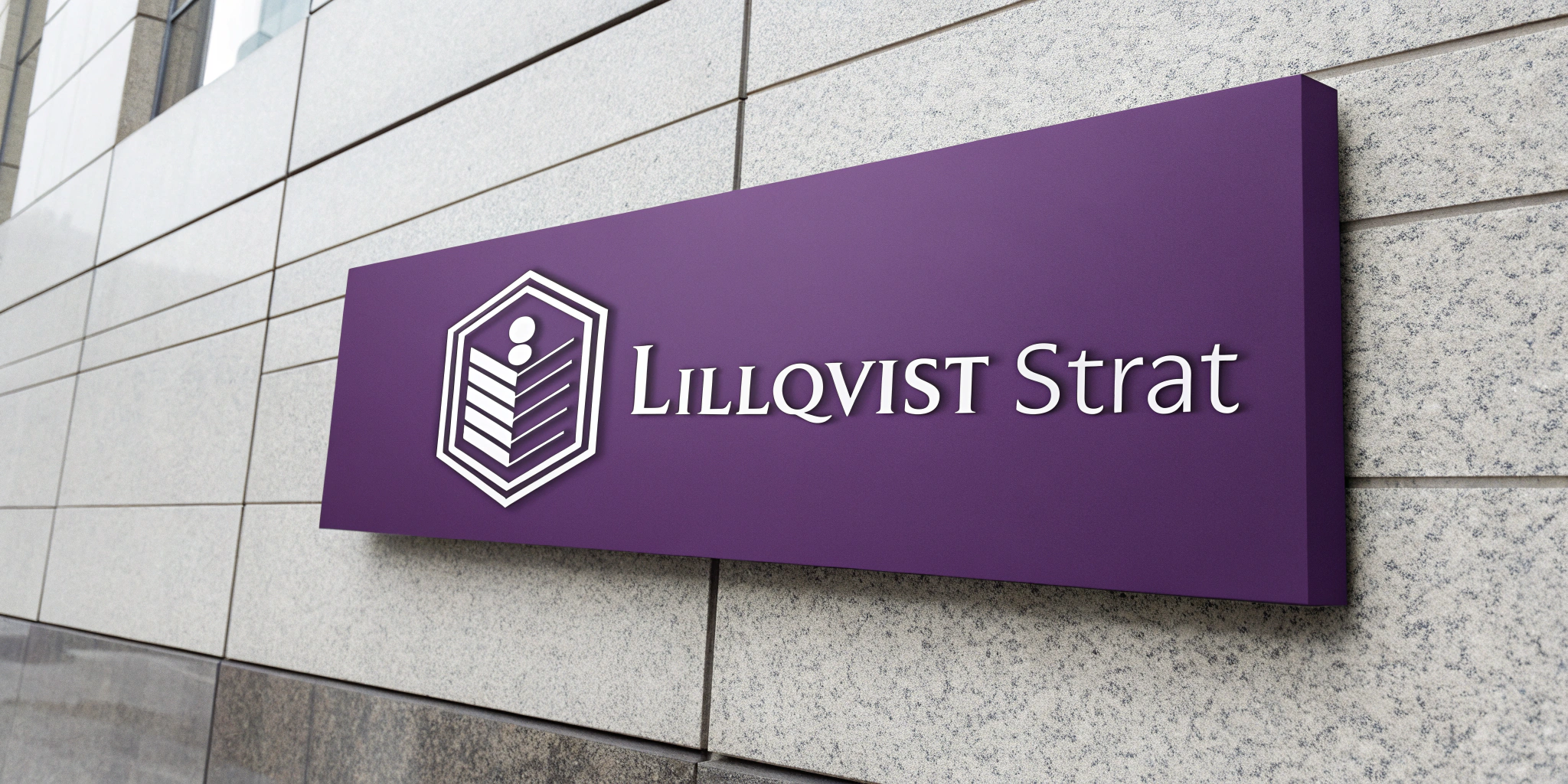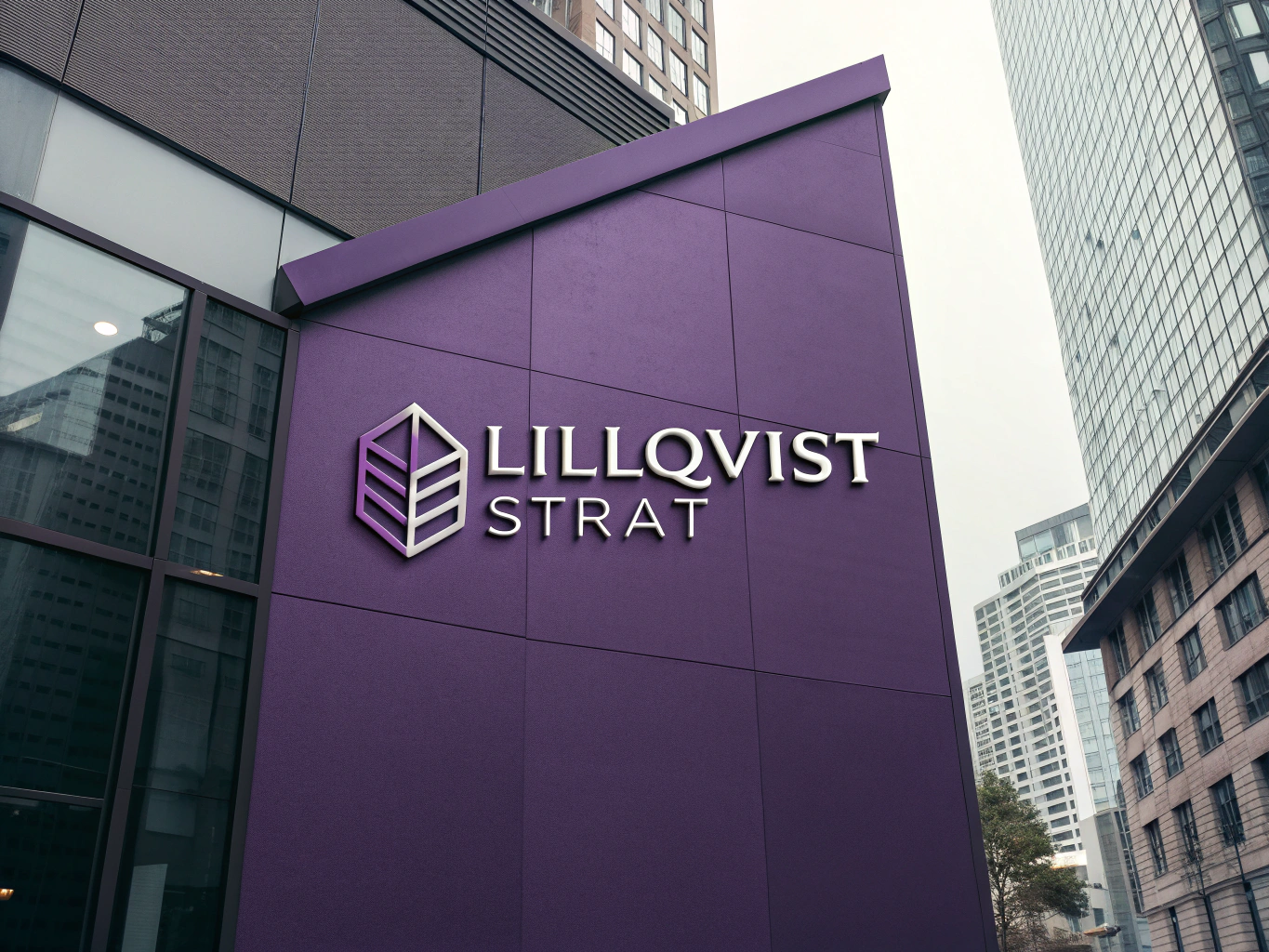Track Stock Levels and Product Availability in Real-Time
Code Example:
from pymongo import MongoClient
import pandas as pd
# Connect to MongoDB
client = MongoClient('mongodb://localhost:27017/')
db = client['clothing_store']
inventory = db['inventory']
# Fetch the current inventory data from MongoDB
inventory_data = pd.DataFrame(list(inventory.find()))
# Display the inventory data
print(inventory_data[['product_name', 'stock_level']])
# Example of tracking stock levels
def check_stock(product_id):
product = inventory.find_one({'product_id': product_id})
if product and product['stock_level'] < 10: # Alert when stock is low
return f"Stock for {product['product_name']} is low, replenish soon."
return "Stock level is sufficient."
# Check stock level for a specific product
product_id = '12345'
print(check_stock(product_id))Automate Stock Replenishment Alerts Based on Demand
Code Example:
import numpy as np
# Simple demand forecasting model using past sales data
def forecast_demand(sales_data):
sales_data['forecast'] = sales_data['sales'].rolling(window=7).mean() # 7-day moving average
return sales_data
# Sample sales data (daily sales for the past month)
sales_data = pd.DataFrame({
'date': pd.date_range(start='2023-01-01', periods=30, freq='D'),
'sales': np.random.randint(10, 50, size=30)
})
# Apply demand forecasting
sales_forecast = forecast_demand(sales_data)
print(sales_forecast[['date', 'sales', 'forecast']])
# Replenishment decision: If forecasted demand for next 7 days is high, create order
def replenish_stock(product_id):
forecasted_sales = sales_forecast['forecast'].iloc[-1] # Last forecasted value
if forecasted_sales > 30: # Threshold for placing an order
order_quantity = 50 # Example order quantity
print(f"Stock for product {product_id} is low. Replenish by ordering {order_quantity} units.")
else:
print(f"Stock for product {product_id} is sufficient. No order needed.")
# Trigger replenishment for a product
replenish_stock('12345')Optimize Inventory with AI-Driven Insights and Save Time
Code Example:
from sklearn.linear_model import LinearRegression
# Use Linear Regression for sales trend prediction
def predict_sales_trend(sales_data):
sales_data['day'] = sales_data['date'].dt.dayofyear
X = sales_data[['day']] # Feature: day of the year
y = sales_data['sales'] # Target: sales
model = LinearRegression()
model.fit(X, y)
# Predict next day's sales
next_day = np.array([[sales_data['day'].max() + 1]]) # Next day prediction
predicted_sales = model.predict(next_day)
print(f"Predicted sales for next day: {predicted_sales[0]:.2f} units")
# Apply sales trend prediction
predict_sales_trend(sales_data)Why Choose Lillqvist Strat?
By leveraging Python, MongoDB, and Pandas, Lillqvist Strat helps clothing stores automate inventory management, eliminate stockouts, and optimize replenishment strategies using real-time data and AI-powered insights. With our tailored solutions, you can save time and improve decision-making efficiency, ensuring your stock levels align with demand while reducing manual errors.
Let Lillqvist Strat handle your backend automation so you can focus on growing your store.

Lillqvist Strat consults on business developement, software projects, automation, SOPs, analytical tools and more.
Contact me today to get started on our journey to higher profits, more revenue and happier employees!
Go to Contact now



